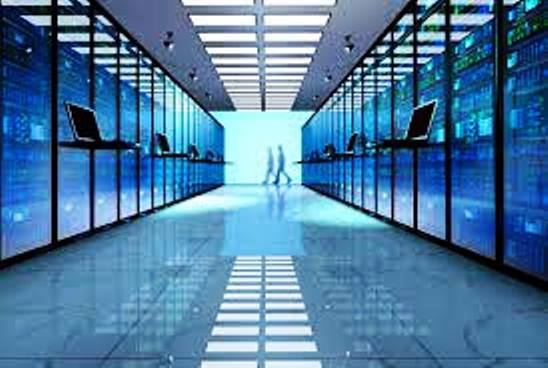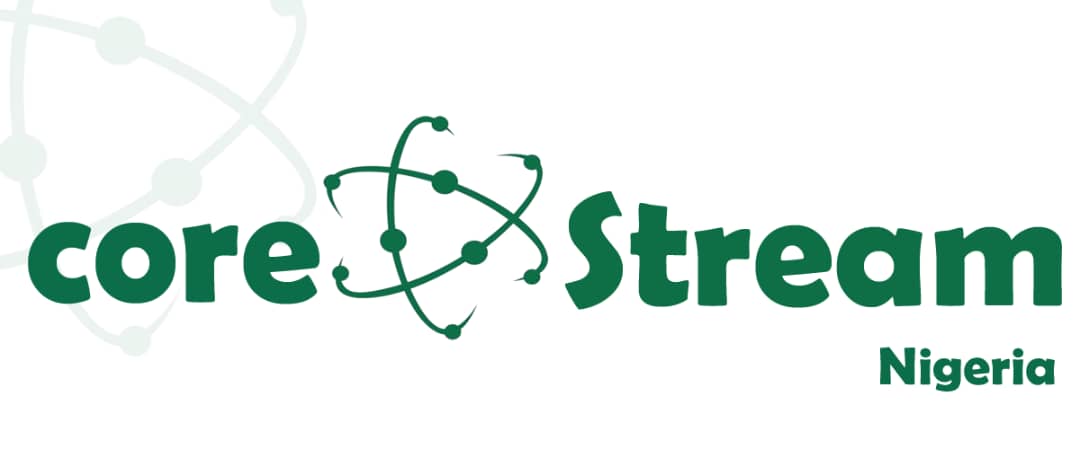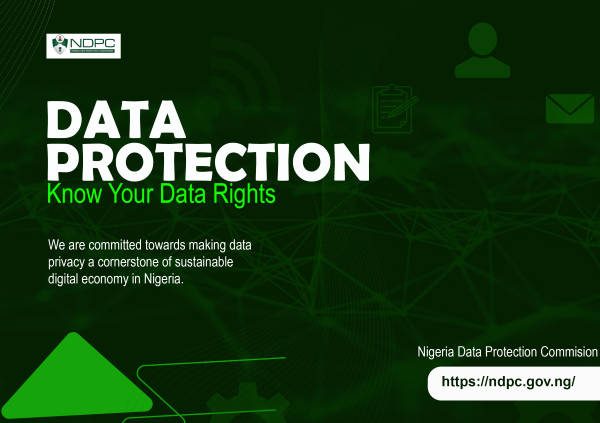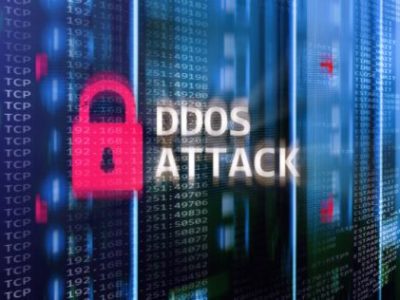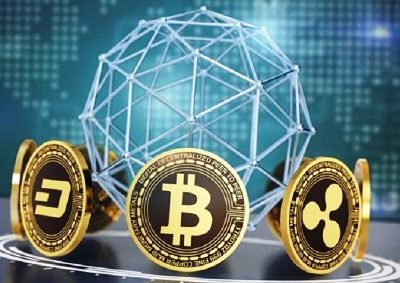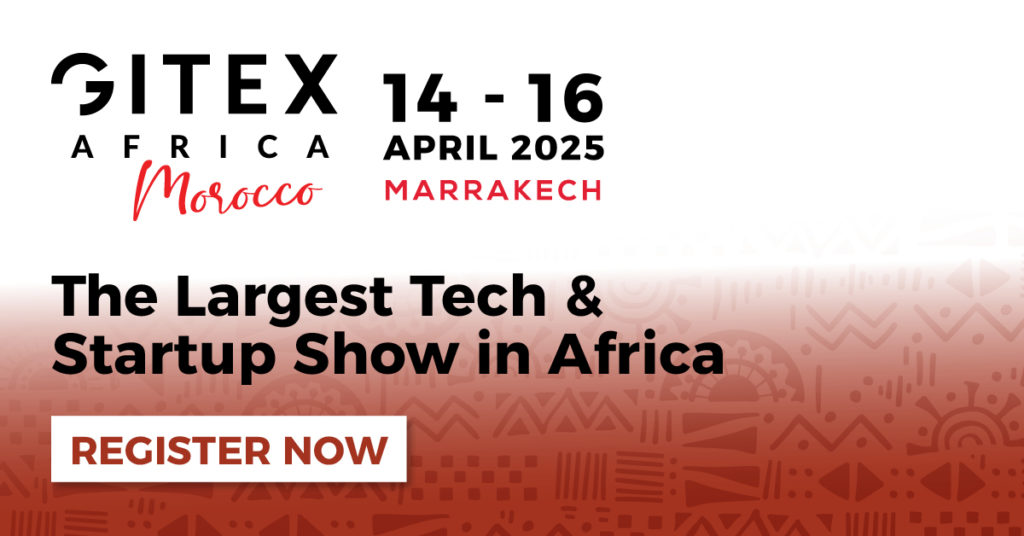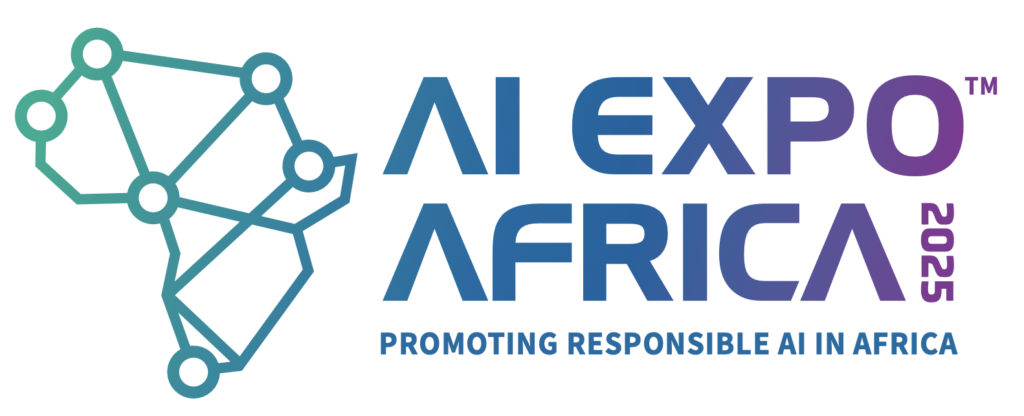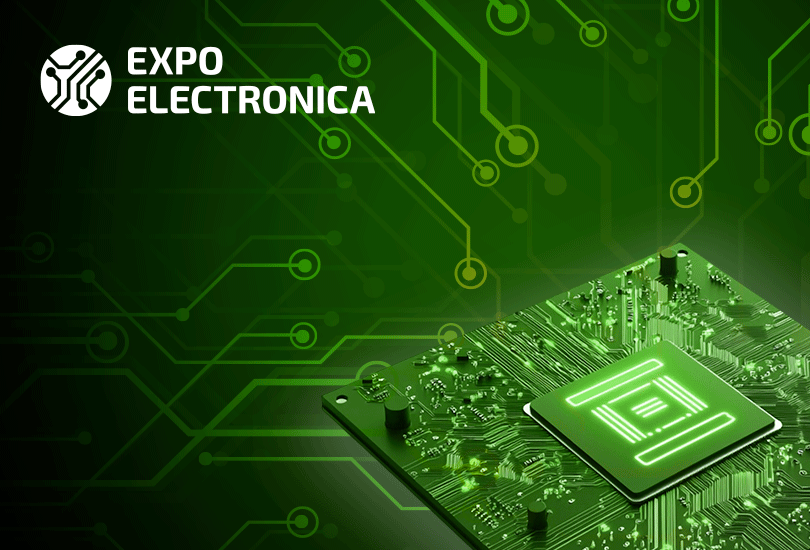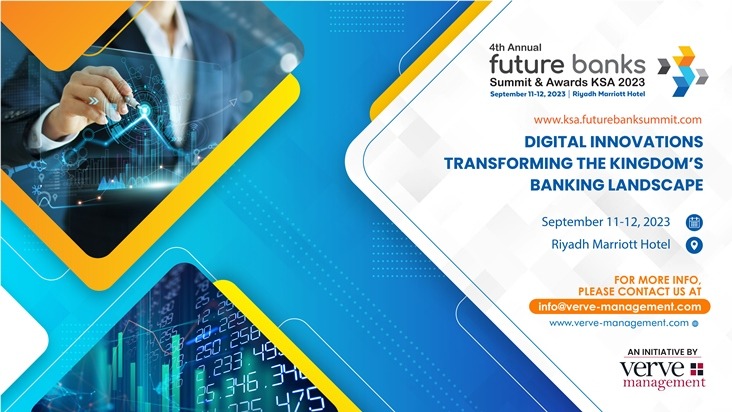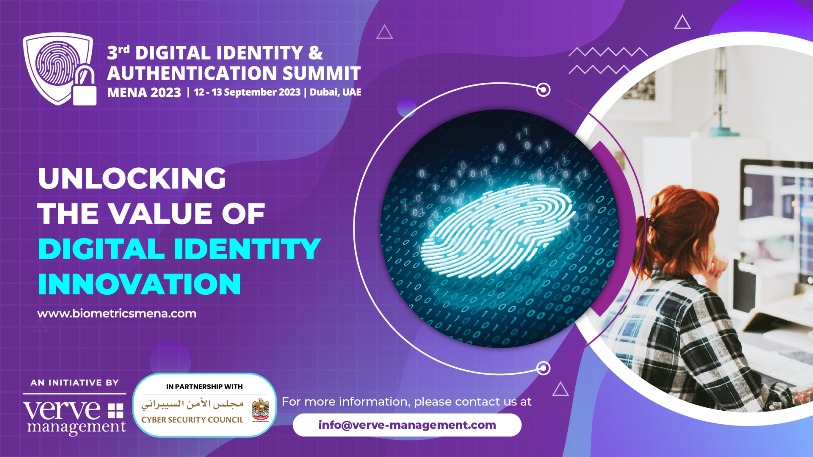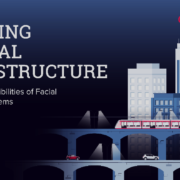By Eve Pope, Technology Analyst at IDTechEx
The unprecedented growth in AI has seen power demand for data centers skyrocket. Data center hyperscalers want new grid capacity added using electricity generation methods that align with their ambitious sustainability goals. Amazon, Microsoft, Meta, and Google are already established as leading corporate wind and solar power buyers globally. Such funding has enabled new wind/solar projects to reach a level of maturity where they are now competitive with fossil fuels.
RELATED: Data centre transformation paves the way for AI’s rise in Africa
Data center increasing investments on energy production
IDTechEx’s “Sustainability for Data Centers 2025-2035: Green Technologies, Market Forecasts, and Players” report found that emerging energy solutions such as small modular nuclear reactors, hydrogen and fuel cells, enhanced geothermal systems, and grid-scale Li-ion batteries are now seeing increased investment from the data center space.
With momentum building for increased focus on hourly time-based energy matching when accounting for power-based scope 2 CO2 emissions, carbon-free energy sources without the intermittent nature of wind/solar are needed. While these emerging energy technologies are currently more expensive than fossil fuels, sending demand side signals for higher capacity factor carbon-free energy generation and/or energy storage is the next step for grid decarbonization.
The lower cost of carbon-free energy sources, such as wind and solar, can lead to significant savings for the global data center space compared to a 2024 baseline. Source: IDTechEx.
Most new solar/wind installations nowadays have an LCOE (levelized cost of electricity) below fossil fuels, but this wasn’t the case only a decade ago. For data center hyperscalers with money to spend on future-proofing operations sustainably, there are reasons to be confident that investing in early-stage carbon-free energy solutions now can lead to decreased energy costs in the long term. IDTechEx forecasts that by 2035, the global data center sector will have saved US$150 billion by using low-carbon energy sources compared to a fossil fuel scenario (taking 2024 as the baseline). Some emerging energy technologies expected to play an increasingly important role are explored below.
Small modular nuclear reactors
In 2024, data centers triggered a resurgence in interest for nuclear power solutions. These approaches ranged from reopening decommissioned large-scale nuclear plants to nuclear fusion ambitions, to support for small modular reactors. Small modular reactors (SMRs) promise cost reductions and shorter construction times relative to their conventional counterparts by taking advantage of assembly line production. However, wider adoption will require technical and regulatory developments, including development in fuel supply chains and international licensing standardization.
Hydrogen and fuel cells
Renewable energy can be converted into hydrogen using electrolyzers and stored for long periods. Fuel cells are advanced energy systems that convert this hydrogen gas back into electricity through a chemical reaction with oxygen. Because solid oxide fuel cells have a long operating lifetime and fuel flexibility, they are well-suited to the continuous power generation required for data centers. Some data centers are already utilizing these solid oxide fuel cells running on natural gas, with plans to transition to low-carbon hydrogen once economic and infrastructure can make this commercially feasible.
Enhanced geothermal
The number of sites suitable for conventional geothermal power plants worldwide is quite limited. However, developing enhanced geothermal technologies could greatly increase the number of viable locations. Both Google and Meta support upcoming enhanced geothermal installations that aim to demonstrate commercial viability, deploying technologies from startups such as Sage Geosystems and Fervo Energy.
Grid-scale Li-ion batteries
Battery energy storage would increase the number of hours per day that data centers can be powered by solar/wind energy. Over the past decade, Li-ion batteries have become an increasingly important stationary energy storage technology suitable for grid-scale applications. When scaling up these technologies, players are prioritizing different performance characteristics such as storage duration or energy density.
Outlook
With US President Donald Trump’s recent announcement of a US$500 billion investment in AI infrastructure, it is clear that data center growth will continue and that new power generation must be brought online to enable this.
The IDTechEx “Sustainability for Data Centers 2025-2035: Green Technologies, Market Forecasts, and Players” report benchmarks emerging energy technologies for data centers and explores how renewable energy technologies can reduce costs and emissions. For more information on this report, including downloadable sample pages, please visit www.IDTechEx.com/SDC.
For the full portfolio of semiconductor, computing and AI market research available from IDTechEx, please see www.IDTechEx.com/Research/Semiconductors.

